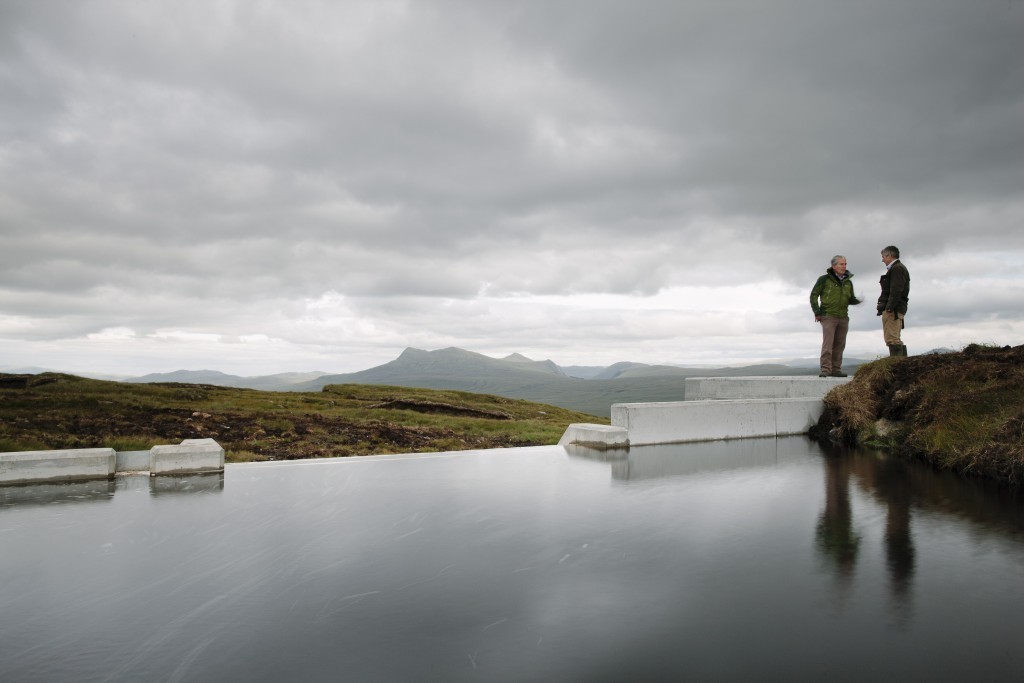
More communities are producing their own renewable energy, with a 17% increase in nine months, according to a new report.
Scotland had 595MW of community and locally-owned renewable capacity in June this year – enough to power about 300,000 homes, the research found.
This was a 17% increase on the operational capacity in the last report in September 2015, when the operating capacity was estimated at 508MW.
As in previous years, the largest proportion of operational community and locally-owned capacity was on Scottish farms and estates, which produced 41% (244MW), followed by local authorities, which made 18% (108MW).
The Energy Saving Trust report, published on December 29, found there are 15,570 locally and community-owned renewables sites in Scotland at present, though more wish to pursue projects.
Within those already in place, the two largest power sources continue to be onshore wind (273MW) and biomass (162MW).
Business, innovation and energy minister Paul Wheelhouse said: “We have exceeded our 2020 target of achieving 500MW in community and local ownership and, in line with our 2016 election manifesto commitment, we now pledge to double this to 1GW in the same timeframe.
“Putting this in context, 1GW would be enough electricity to power half a million homes in Scotland.
“Locally-owned renewables have the potential to help drive social, economic and environmental change in communities across Scotland.
“These projects frequently generate funds that can be spent at local people’s discretion on a wide range of projects that reflect local communities’ priorities, as well as playing an important role in our energy mix and helping us to meet our vital climate-change obligations.”
Mr Wheelhouse said the Scottish Government will publish a draft of its energy strategy early in the new year which will form its strategic response to the challenges and opportunities facing the sector.
It will also set out the Scottish Government’s long-term vision for energy in Scotland up to 2050 as well as informing and supporting the climate change plan to meet its annual, statutory greenhouse gas emission targets between 2016 and 2032.
The report found that solar has seen the largest increase in capacity, which has more than doubled between September 2015 and June 2016.
This is due, in part, to councils and housing associations installing solar PV cells in their buildings.
Alister Steele, managing director of Castle Rock Edinvar Housing Association, said: “Investment in solar panels is an integral part of our strategy to improve the energy efficiency of our homes and tackle fuel poverty whilst contributing to national targets for carbon reduction.”
For farms and estates, wind turbines and biomass boilers are the main renewable technologies owned.
Highland and South Lanarkshire councils held the largest shares of local authority-owned renewable energy capacity, with 18MW and 17MW of operational capacity installed respectively.
Recommended for you
